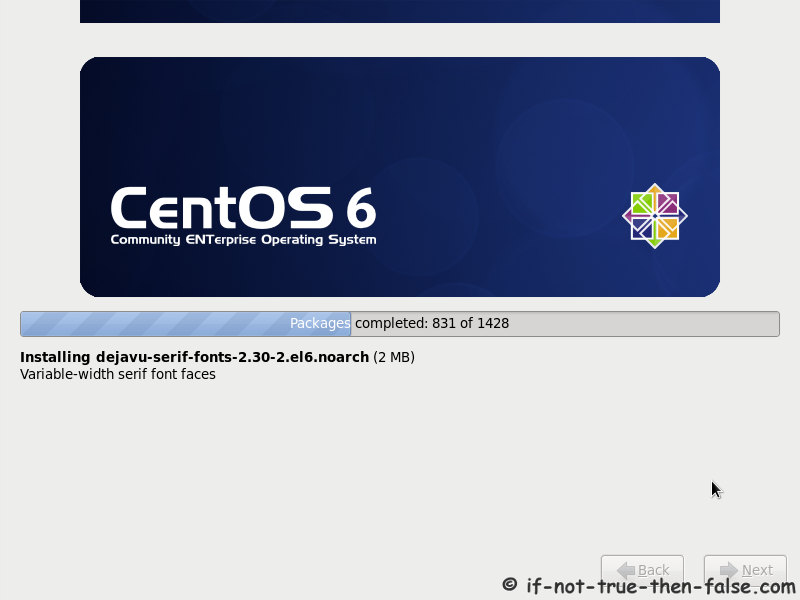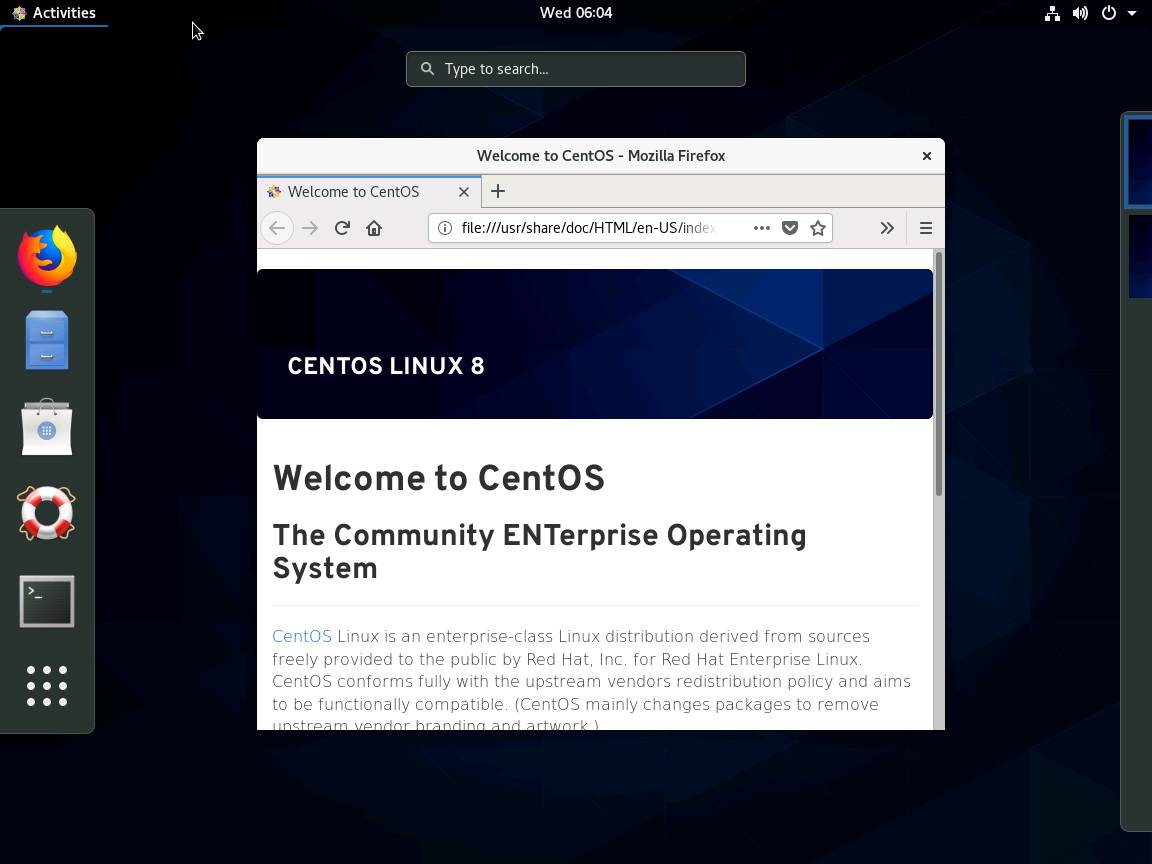


The web server has been started on port 3001. Now start the web server using the command. Create a file demo_server.js sudo nano demo_server.jsĪnd add the following content var http = require('http') Let’s create a web server with the “Welcome Node.js” text. If you want to test your node.js install. while stable- branches contain latest sources for stable releases. Step 4 – Create Demo Web Server (Optional) Linux and its derivatives such as CentOS, Oracle Linux, Rocky Linux, AlmaLinux. You may try a demo HTTP server as given below.

You have successfully installed Node.js on your CentOS 7 system. You can find more details about current version on node.js official website. Don’t Miss => Yarn Installation ( A Node Modules Manager)Īfter installing node.js verify and check the installed version.This command will also install many other dependent packages on your system. You also need development tools to build native add-ons to be installed on your system.įor Latest Release:- yum install -y gcc-c++ make curl -sL | sudo -E bash -įor Stable Release:- yum install -y gcc-c++ make curl -sL | sudo -E bash - Step 2 – Install Node.js on CentOSĪfter adding a yum repository to your system let’s install the Node.js package. : Replication Server is certified to work with the following Java platforms: Operating systems JDK versions CentOS 7 and. Update the Toolkit extension in the database: ALTER EXTENSION timescaledbtoolkit UPDATE note For some Toolkit versions, you might need to disconnect and reconnect active sessions. To install specific nodejs version, Visit our tutorial Install Specific Node.Js Version with NVM.įirst of all, You need to enable the node.js yum repository in your system provided by the Node.js official website. Install the latest version of TimescaleDB Toolkit: Connect to the database where you want to use the new version of Toolkit.


 0 kommentar(er)
0 kommentar(er)
